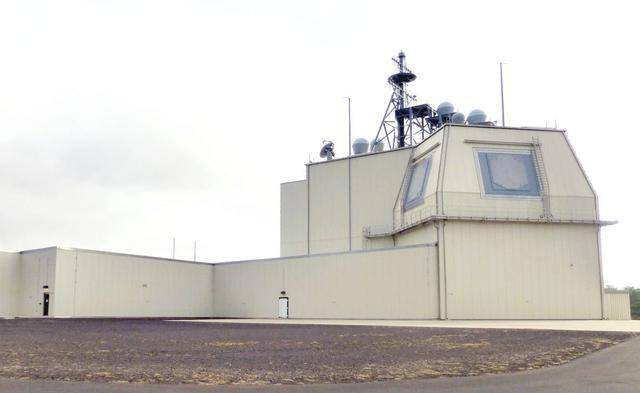
By Chen Hongbin
On June 16, Japanese Prime Minister Shinzo Abe stated that Japan has decided to suspend the plan to deploy the land-based Aegis Ashore ballistic missile defense (BMD) system in the western prefecture of Yamaguchi and northeastern prefecture of Akita. The news, like a blockbuster, has aroused widespread concern both in Japan and abroad.
As early as December 2017, the Abe government decided to introduce two sets of land-based Aegis Ashore units from the US on the grounds that "Japan's national security is under threat", and planned to deploy them in Akita and Yamaguchi Prefectures, respectively. During the past two years, the Abe government has advanced the deployment plan at almost any cost. Abe himself once also emphasized: this is essential to protect the lives of Japanese citizens! However, it now suddenly announces that it would abandon the deployment after making tremendous efforts, and the underlying reason is thought-provoking.
In response, Taro Kono, Japanese Minister for Foreign Affairs, said recently that out of technical and cost considerations, Japan finally decided to suspend the deployment of the land-based Aegis Ashore BMD system.
It's hard for Japan to support the deployment due to its high cost. The US has continuously raised the price, leading to the ever-increasing deployment costs of the two units, and the ever-growing opposition within Japan. At first, a land-based Aegis Ashore BMD system was about 80 billion yen asked by the US, and the two units would be estimated to be a total of 150 billion yen. However, since the Japanese side has decided to introduce the system, the US has constantly been raising the price under various excuses. According to Kyodo News, the leading news agency in Japan, Japan has so far spent 180 billion yen to deploy the system.
The government faces huge resistance due to the immature technology of the introduced system. It cannot be guaranteed that the booster will fall in the targeted exercise field of Japan's Self-Defense Force when the interceptor missile is launched, and local residents in Akita and Yamaguchi Prefectures have always been anxious about the possibility of objects falling near their houses or courtyards. Japanese Ground Self-Defense Force’s Araya training area in Akita City is only 700 meters away from the residential area. In response to this problem, Japan's Defense Ministry has conducted consultations with the US, hoping to solve the problem by modifying the software that controls the missile. But they eventually found that the hardware also needs to be modified. Obviously, the system developed by the US is not mature enough in technology, and the US side needs to take a long time for improvement. Japan simply cannot afford to wait for such a protracted period.
In addition to the cost and technical factors proposed domestically, bargaining with the US is also another important consideration for the Abe government’s emergency suspension of the deployment. Right now, the negotiation for the military cost-sharing agreement for the US forces stationed in Japan is imminent. The sudden suspension of deployment by the Japanese side is a signal sent by Japan: the US cannot blindly advance its own interests and gain benefits from its allies. The Trump administration previously expressed the hope that Japan would substantially increase its proportion of defense cost-sharing.
Following the urgent suspension of the deployment plan, the Japanese government emphasized that the security environment facing Japan would not change as a result. Japanese Defense Minister Taro Kono said that Japan will rely on the Aegis-equipped destroyers to maintain the missile defense capability, and will also hold a national security conference to study missile defense strategies in the future.
The Japanese move may affect the Japan-US relations. For the Trump administration, high-value military acquisitions, including the land-based Aegis Ashore BMD system, have become one of its effective diplomatic tools. Earlier, when US President Donald Trump visited Japan, he made it clear that Japan would increase its arms' acquisition from the US as a symbol for strengthening the Japan-US alliance, and Japanese Prime Minister Shinzo Abe had echoed it on the spot.
Nowadays, the deployment of the land-based Aegis Ashore BMD system has been suspended in the announcement. How Japan explains to the White House and whether the Trump government would accept it are still in question. However, when Trump is "walled in by his own worries" because of the spread of the COVID-19 epidemic in the US and nationwide protests and demonstrations, Trump is surely not to be kind to Abe with such a move.













